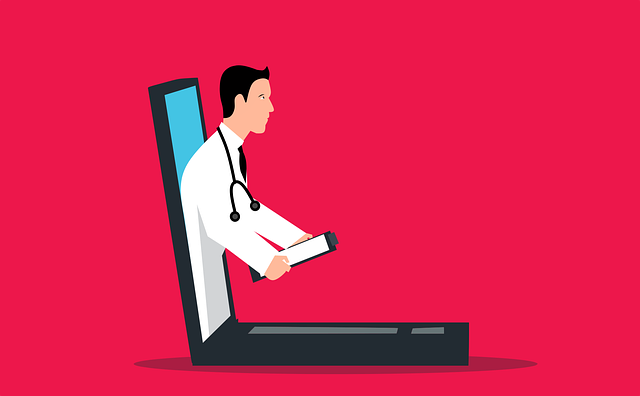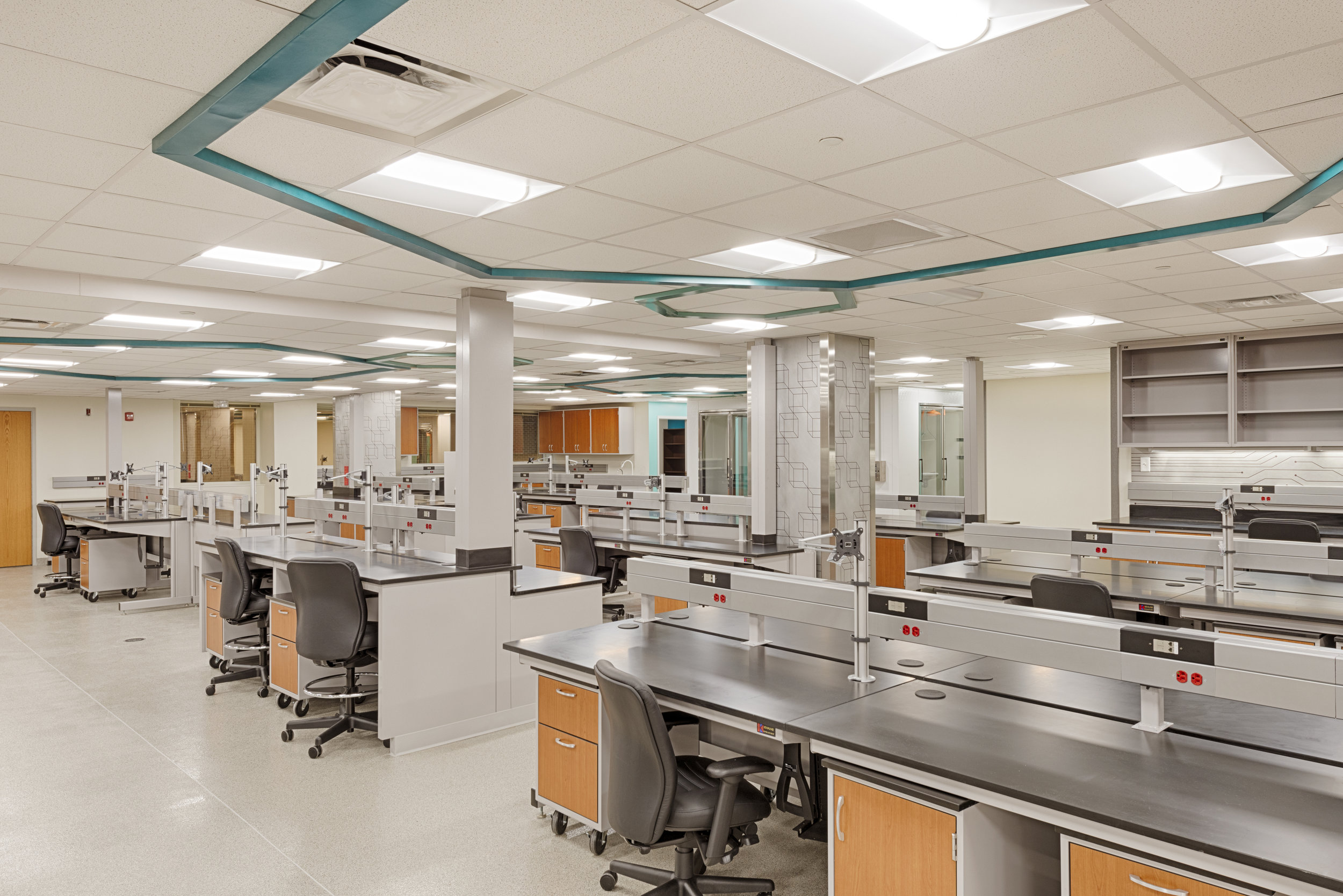
Anesthesiologists work as doctors who are experts in the treatment of pain. They can diagnose and even treat conditions like diabetes, neurological disorders, and heart disease. Anesthesiologists are employed in many places and can earn a variety of salaries.
An anesthesiologist should choose a city with excellent medical care, and a high demand for them. According to Bureau of Labor Statistics projections, anesthesiologists are expected to increase in number by 1.1% from 2021 to 2031.
The right education is essential to a career as an anesthesiologist. To become a doctor of osteopathic or medical medicine, you must complete four years of undergraduate study. Then you will need to attend medical school and do a residency.
You must pass the Medical College Admission Test, or MCAT, after completing your undergraduate education. This test tests problem-solving skills and critical thinking. The MCAT will also test your knowledge in biology, mathematics and chemistry.

If you've earned a bachelors degree in premedicine or science, and have an impressive MCAT score, apply to medical college.
MCAT is a requirement for medical school admission and the primary factor used to determine who gets in. You can prepare by taking MCAT practice tests or by enrolling in a MCAT prep class.
To become an anesthesiologist, you must attend medical school and earn a doctorate in medicine or osteopathic. The four-year medical school program includes traditional coursework as well as clinical rotations. You must pass the licensing exam in your intended state after you graduate medical school.
Becoming a physician takes a significant investment of time and effort, but the rewards are well worth it. You can provide treatment for patients who have undergone surgery, improve patient care through research and conduct life-saving research.
How to become a self employed anesthesiologist
Anesthesiologists wishing to manage their own careers might decide to set up a private practice. This option is attractive to those who would like more control over work hours and schedules, but still earn a better salary than those employed in salaried jobs.

Become board certified to improve your anesthesiologist resume and career opportunities. Board certification can be obtained through the American Board of Anesthesiology and the American Board of Physician Specialties. It is an excellent way to differentiate yourself from other doctors.
Choose the right medical program to achieve your professional goals. It should offer a quality curriculum, a supportive environment and a highly-regarded faculty. Also, it is important to select a program which offers outstanding teaching and clinical training.
Embrace a challenging and fast-paced career with the potential for growth
Anesthesia is the perfect career for anyone who loves helping people and enjoys science. It requires the ability of thinking critically, good communication skills, and being able to work in a stressful environment.
Anesthesiologists will find career opportunities in many different fields. From invasive radiology and gastrointestinal endscopy to electrophysiology, and much more. They can become a professor in anesthesiology and a surgeon. Or, they can open their medical practice.
FAQ
What is the difference between the health system and health care services?
Healthcare systems go beyond providing health services. They encompass all aspects of the life context, including education, employment and social security.
Healthcare services on the other hand focus on medical treatment for specific conditions like diabetes, cancer, and mental illness.
They may also refer the provision of generalist primary health care services by community-based professionals working under an NHS hospital trust.
What are the three primary goals of a healthcare system?
Healthcare systems should have three primary goals: Provide affordable healthcare, improve health outcomes and reduce costs.
These goals have been incorporated into a framework known as Triple Aim. It is based off research by Institute of Healthcare Improvement. This was published by IHI in 2008.
This framework is designed to help us improve our goals by focusing on all three.
This is because they're not competing against each other. They support one another.
For example, improving access to care means fewer people die due to being unable to pay for care. This decreases the overall cost associated with care.
The first goal of providing affordable healthcare for patients is achieved by improving the quality care. It can also improve outcomes.
How can I ensure that my family has access health care of the highest quality?
Your state likely has a department of public health. This helps to ensure everyone has affordable health care. There are programs that cover low-income families and their children in some states. To find out more about these programs, contact your state's Department of Health.
Statistics
- Foreign investment in hospitals—up to 70% ownership- has been encouraged as an incentive for privatization. (en.wikipedia.org)
- For instance, Chinese hospital charges tend toward 50% for drugs, another major percentage for equipment, and a small percentage for healthcare professional fees. (en.wikipedia.org)
- Consuming over 10 percent of [3] (en.wikipedia.org)
- The health share of the Gross domestic product (GDP) is expected to continue its upward trend, reaching 19.9 percent of GDP by 2025. (en.wikipedia.org)
- For the most part, that's true—over 80 percent of patients are over the age of 65. (rasmussen.edu)
External Links
How To
What are the main segments of the Healthcare Industry industry?
The healthcare industry is made up of key segments such as medical devices, pharmaceuticals and diagnostics, biotechnology, therapy, health information technology, medical equipment, and other medical devices.
Defibrillators, blood pressure monitors (defibrillators), stethoscopes, and ultrasound machines are some examples of medical devices. These products are used to diagnose and prevent or treat disease.
Pharmaceuticals are medications that are used to treat or alleviate symptoms. Examples include antibiotics, antacids, antihistamines, contraceptives, etc.
Diagnostics are tests done by laboratories to determine illness or injury. There are many types of diagnostics: blood tests; urine samples; CT scans; MRI scans; X-rays.
Biotechnology is the process of using living organisms (such bacteria) to make useful substances that can be used to benefit humans. Examples include vaccines, insulin, and enzymes.
Therapeutics are medical treatments that treat diseases or alleviate symptoms. They may include drugs, radiation therapy, or surgical interventions.
Health information technology includes computer software programs that help physicians, and their teams manage data related to patient records. It helps them track which medications are being taken, when they should be taken, and whether they are working properly.
Anything used to diagnose or treat illnesses and conditions, such as diabetes, is medical equipment. Dialysis machines, pacemakers and ventilators are just a few examples.